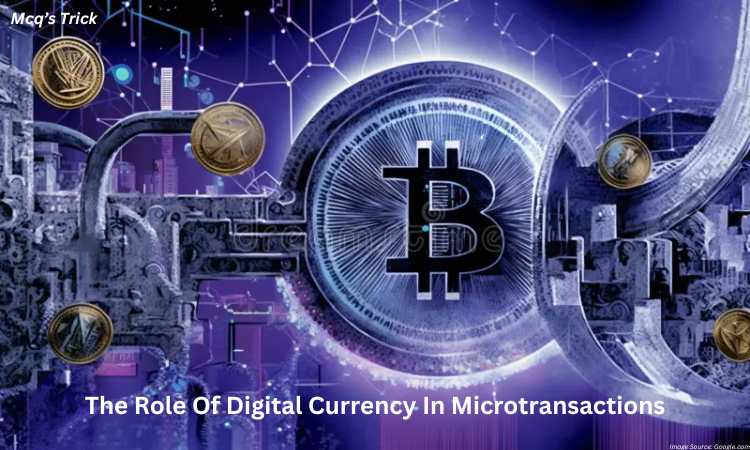Digital currency has revolutionized how we view and deal with money. The rise of blockchain technology and the emergence of cryptocurrencies such as Bitcoin and Ethereum have opened new doors for businesses and consumers to tap into the potential of digital currency for applications such as microtransactions. Microtransactions, often small monetary exchanges in the context of gaming and online services, are increasingly important in the digital economy. This article explores whether digital currency is the future of microtransactions and what this entails for users and industries across the globe.
Table Of Contents
Understanding Microtransaction
Microtransactions refer to small-scale payments, which are used primarily for buying digital goods or services. They are especially popular in the gaming industry; users make these transactions to purchase in-game items, unlock premium content, or access additional features.
- They are relatively low-cost transactions, with most being less than $10.
- They are mainly processed through credit cards, PayPal, or digital wallets.
The Role Of Digital Currency In Microtransaction
Digital currency provides a decentralized, fast, and secure way to perform microtransactions. The most popular cryptocurrencies for these purposes are Bitcoin, Ethereum, and stablecoins, increasing accessibility.

- Transactions do not require intermediaries, meaning less in fees.
- More secure due to the use of blockchain technology.
Lower Transaction Fees With Cryptocurrencies
Digital currencies eliminate the drawback of high fees, usually applied to small transactions, by the traditional systems. Hence, the transactions are lower or even negligible fee, particularly in Layer 2 blockchain solutions.
- It saves the cost both for buyers and sellers.
- Promote mass use in low-margin industries.
Speed And Efficiency Of Blockchain
Blockchain-based digital currencies instantly or near-instantly process microtransactions. For example, this is helpful in gaming and content streaming industries where the speed of transactions improves user experience.
- No waiting time as faced with traditional payment systems
- Easy user interactions
Accessibility And Global Access
Digital currencies allow microtransactions to be made across borders; there is no need for complexity in currency exchange or banking restrictions. For users in underbanked regions, this is handy.
It increases inclusion in global digital marketplaces.
It eliminates reliance on traditional banking infrastructure.

Security And Transparency
Blockchain technology increases security through immutable records of transactions. This transparency lowers fraud risks and increases trust in the users, which is critical in microtransactions.
Transactions can be verified and tamper-proof.
Users become more confident in their purchases.
Challenges In Digital Currency Adoption
Though it is full of potential, digital currency poses its own set of hurdles in the form of volatility, regulatory uncertainty, and issues in scalability. All these factors have to be addressed so that microtransactions can become mainstream cryptocurrencies.
- Stablecoins address price volatility.
- Clarity on regulations is vital for adoption.
Future Of Microtransaction In Digital Currency
With advancing blockchain technology, digital currency is to become the cornerstone of microtransactions. Innovations like DeFi and NFTs continue to expand the scope of microtransactions in new and creative ways.
- Adoption is going to grow as technologies mature.
- New opportunities arise in gaming, e-commerce, and digital content.
Conclusion
Digital currency is certainly changing the face of microtransactions. With lower fees, faster processing times, and enhanced security, cryptocurrencies present a very compelling alternative to traditional payment methods. While challenges exist, ongoing improvements in blockchain technology and regulatory frameworks are making the way clear for broad adoption. As industries continue to innovate, digital currency has the potential to redefine microtransactions, making them more accessible, efficient, and inclusive for users around the world.
FAQ’s
What are microtransactions & how do they work?
Microtransactions are small-scale payments, often used for digital goods like in-game items or premium features. They work via online platforms using payment systems such as credit cards, PayPal, or cryptocurrencies for seamless processing.
What is the impact of microtransactions in the blockchain system?
Blockchain enhances microtransactions by providing faster processing, lower fees, and greater security. It enables transparent, cross-border payments without intermediaries, revolutionizing industries like gaming, e-commerce, and content streaming.

